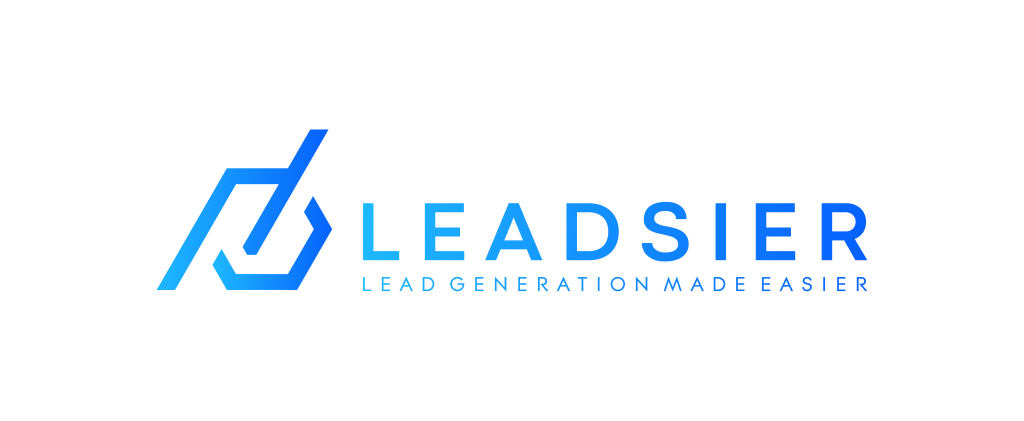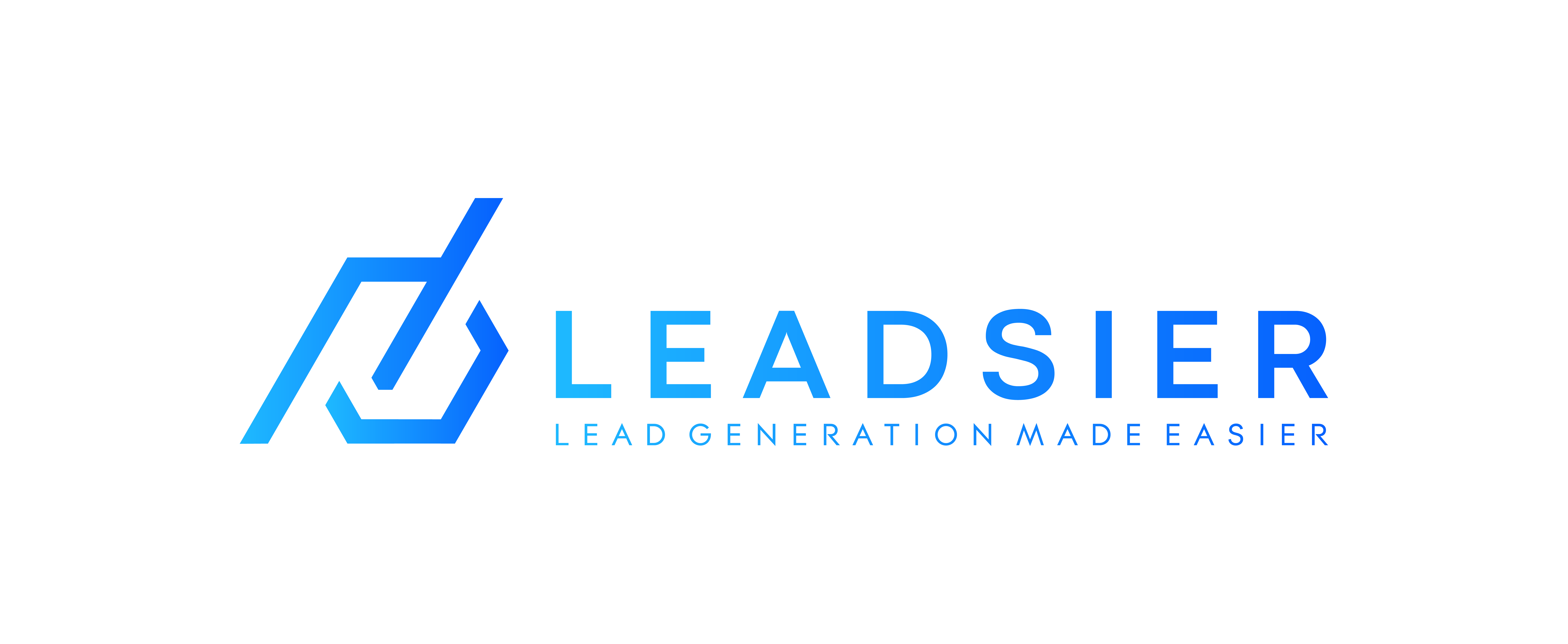Coined by E. Jerome McCarthy and popularized by marketing guru Philip Kotler, the “7 Ps of Marketing” have been a cornerstone of marketing theory for decades. In the digital age, understanding how to apply these principles to your online marketing efforts is essential for success. In this article, we dive into the 7 Ps and explore how they can boost your lead generation strategies.
What Are the 7 Ps of Marketing?
- Products: Assessing the suitability of your offerings.
- Pricing: Evaluating your pricing strategies.
- Promotion: Enhancing your promotional tactics.
- Place: Reviewing placement opportunities and distribution channels.
- Packaging: Improving the appeal of your product presentation.
- Positioning: Strategizing your market positioning.
- People: Nurturing the right people, including customers and team members.
1. Products: Assessing Product Suitability
The first “P” stands for products, which are the heart of your business. In today’s online world, your product may be a physical item, a digital service, or a combination of both. To generate leads effectively, you must ensure your product meets the needs and desires of your target market. You should conduct market research to identify gaps in the current market and tailor your offerings accordingly.
2. Pricing: Evaluating Pricing Strategies
Pricing is a critical element of your marketing mix concept, as it directly affects your customers’ purchase decisions. It’s important to assess your current pricing structure and analyze whether it aligns with the competitive marketplace. Consider offering special promotions or discounts to entice potential customers and increase sales. Don’t forget to consider different pricing strategies to find the one that suits your business best.
3. Promotion: Enhancing Promotional Tactics
Promotion encompasses all your advertising and marketing activities. In the digital marketing mix, this includes content marketing, email marketing, influencer marketing, and more. You should craft compelling advertising materials and leverage digital promotion to reach your target market effectively. Additionally, business owners should keep up with fast-changing marketplace conditions and adapt their promotional efforts accordingly.
A Complete Guide to Pharmaceutical Marketing
4. Place: Reviewing Placement Opportunities
The “place” element refers to distribution channels and the physical or digital location where customers can buy your product. Modern distribution channels can be diverse, from your own online shop to joint ventures with other businesses. Make sure to evaluate your current distribution strategies and ensure they align with your target market’s purchasing process.
5. Packaging: Improving Packaging Appeal
Packaging is not limited to the physical product. In the digital realm, it includes the visual elements of your online presence, such as your website, social media, and branding. Make sure your online assets are visually appealing and user-friendly to capture your audience’s attention and encourage them to engage with your content.
Boost Your Sales and Traffic with Content Marketing
6. Positioning: Strategizing Market Positioning
Market positioning is all about how your business is perceived in the eyes of your potential customers. In a crowded and competitive marketplace, it’s crucial to differentiate yourself. Focus on your unique selling points and communicate them effectively through your marketing efforts in order to stand out from the competition.
7. People: Nurturing the Right People
Your team and customer interactions play a pivotal role in lead generation. Excellent customer service and building strong customer relationships are key elements. Happy customers are more likely to become loyal advocates of your brand. Invest in training your customer service teams to provide exceptional service and nurture these vital relationships.
All There Is To Know About Pharmaceutical Lead Generation
The Top 10 Benefits of Using the 7 Ps of Marketing
- Leveraging a Comprehensive Strategy: The 7 Ps provide a comprehensive framework that covers all essential aspects of marketing, ensuring that no critical element is overlooked in your strategy.
- Customer-Centric Approach: By focusing on products, pricing, promotion, and other Ps, you can tailor your marketing efforts to enhance the customer experience.
- Improved Decision-Making: The framework helps in making informed decisions about product development, pricing strategies, and promotional activities, leading to better results.
- Competitive Advantage: Effective utilization of the 7 Ps can help differentiate your business in a crowded marketplace, giving you a competitive edge.
- Increased Customer Satisfaction: Addressing the “People” element and nurturing strong customer relationships can lead to higher customer satisfaction and loyalty.
- Strategic Flexibility: The 7 Ps framework allows for flexibility in adapting your marketing strategies to changing market conditions and customer behaviors.
- Better Resource Allocation: It aids in optimizing the allocation of resources by identifying areas where improvements or adjustments are needed.
- Effective Marketing Mix: Balancing the 7 Ps helps in creating a well-rounded and effective marketing mix that keeps costs down while resonating with your target market.
- Clear Communication: It provides a clear structure for communicating your marketing plan and objectives within your organization, ensuring everyone is on the same page.
- Measurable Results: Using the 7 Ps allows you to set clear objectives and key performance indicators (KPIs), making it easier to measure the effectiveness of your marketing efforts.
Marketing Services
Are you seeking to reach new heights in lead generation and marketing? At Leadsier, we excel in everything marketing. We provide a broad range of services for companies including:
- Pharmaceutical lead generation
- Pharmaceutical digital marketing
- Scientific SEO
- LinkedIn outreach
- Sales as a service
- B2B lead generation
- Content marketing
- Sales closing
- PPC advertising
Our seasoned team of experts combines the art of data-driven insights with cutting-edge digital marketing techniques to ensure your products and services reach the right audience at the right time.


